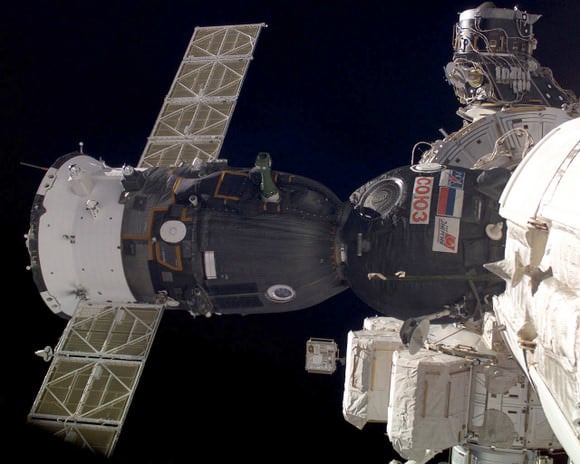[/caption]
Price gouging or simple laws of supply and demand? The Soyuz will soon be the only ride in town to the International Space Station, and reportedly, Russia is considering raising the price per seat. NASA and Roskosmos have an agreement for six rides to the ISS in 2012 and 2013, at a rate of about $51 million dollars per US astronaut. "We have an agreement until 2012 that Russia will be responsible for this," Roskomos head Anatoly Perminov was quoted by the Interfax news agency. "But after that? Excuse me, but the prices should be absolutely different then!"
The end of the shuttle program means NASA has to buy rides on the Soyuz. The total deal of $306 million (224 million euros) seems to be a pretty good deal for Roskomos. But they say in order to provide seats for the NASA astronauts, they'll have to quit their space tourism program, which charges only $35 million (28 million euros) per seat.
The $51 million includes training, equipment, medical checks, supplies, services for launch operations and support personnel to launch site, flight control operations, and rendezvous and docking services.
NASA says these services are "serving as a bridge between the Space Shuttle and the availability of a commercial vehicle. Until a commercial vehicle is available, continued access to Russian Crew launch, return, and rescue services is essential for planned ISS operations and utilization by all ISS partners."
 Universe Today
Universe Today
